|
|
A stylised postcard from the Oilette series, with a different view of Whitby. Taken from the steps approaching the shorter east pier, it gives a different perspective with Whitby seeming to gather around the harbour, St Mary’s Church tower appears over the cliff on the left of the scene. An idylic scene.
Image courtesy of Ken Johnson.
This image of Loftus Foundry is part of a series taken by Eric Johnson around the area; featuring Loftus views. We will be displaying more as time passes, showing the changes in the area.
Image courtesy of Eric Johnson.
This lovely image which includes MetropoleHotel (now Metropole Towers), Whitby and as it describes the gardens, we presume before the Cliff Lift was installed; is from a beautiful hand tinted postcard. The difference from modern times is further emphasised by the lack of road traffic; no coaches or cars lining the side of the road!
Image courtesy of Ken Johnson.
Form 9F this time.
Back row: Marc Taylor, Pamela Thomas, Carol Carter, Emma Gilligan, David Lawson.
Middle row: Michael Jackson, Carla Vaughan, Gareth Johns, Robin Smaling, Helen Brown, Daniel Wrigley.
Front row: Paul Agar, Daniel Waters, Yvonne Brown, Miss A. Fenton (Form Tutor), Kayna Hunt, Mark Laker, Glenn Smith.
Image and names courtesy of Lee Archer.
Another official Tempest photograph from 1996.
Back row: Craig Glass, Lisa Boyes, Mark Guy.
Middle row: Craig Metcalf, James Walker, Gary Simpson, Wendy Riggs, Shaun Garrett, Joanne Wilson.
Front row: Pippa Smaling, Garry Crawford, Mark Walker, Mr I. Cooke (Form Tutor), Stuart Lyon, Michael Tyreman, Sarah Power.
Seated: Diane Irvine.
Image courtesy of Lee Archer, who also kindly provided the names.
On the sand bed in front of the furnaces, a slinger guides a lift of pig iron. It was normal to use a flap of leather looped over the wrist to protect the hand from the still hot pig iron. The sand bed is cool enough to not need the wooden clogs normally worn; behind the slinger the impressions of the sow and pig channels can be seen in the sand bed.
Image (from a Glass Plate Negative) courtesy of Dave Mcgill.
When the furnace has finished casting, the pigs are attached to the sow and the crew have to go around and break them off and heap them together, using the tongs they are holding and stack them into bundles ready for slinging. A hard physical task.
Image (from a glass plate negative) courtesy Dave McGill.
This image shows both men strapping on clogs – shaped wooden soles to protect his boots from the heat – before going on to the sand bed to break up the still hot pig iron; and stack it ready for the crane to remove it.
Image (from a Glass Plate Negative) courtesy of Dave Mcgill.
On the sand bed; with the gate irons in place ready to divert the flow of metal to fill the pig moulds. The furnace is preparing to cast. As one sow channel is filled, the gate is placed to divert the flow of molten iron to the next sow channel.
Image (from a Glass Plate Negative) courtesy of Dave Mcgill.
These two men are preparing the sand runners (sows) and moulds (pigs) to receive the molten Iron from the blast furnace. The man on the left is raking the sand smooth, to the right the man is using a tool known as the ‘Worker’ making the mould for the pig. Ed Jones commented: “This pig-bed sequence may well be the Normanby Ironworks as there is a large travelling crane gantry seen on all the photos and the OS 6″ map (surveyed 1913) shows a travelling crane at those works.” However knowing the source of all these images as being Skinningrove works, the Archive believes these are the blast furnaces at Skinningrove.
Glass Plate Negative courtesy Dave Mcgill, thanks to Ed Jones for the suggestion.
|
|
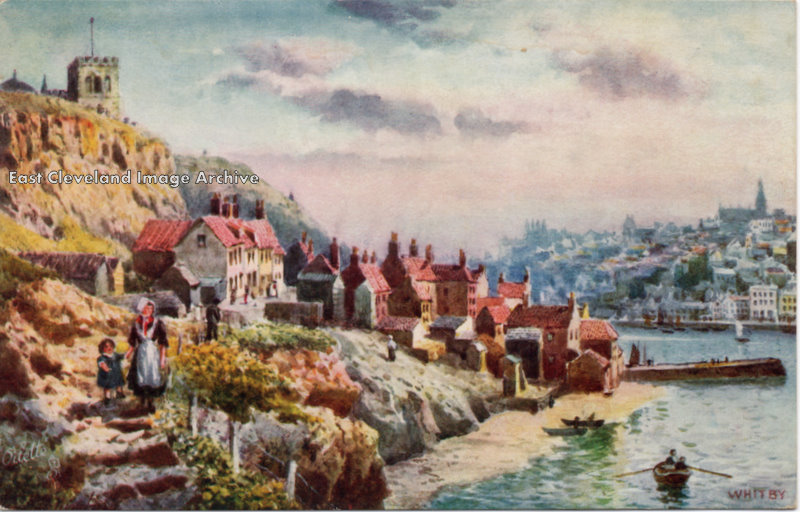
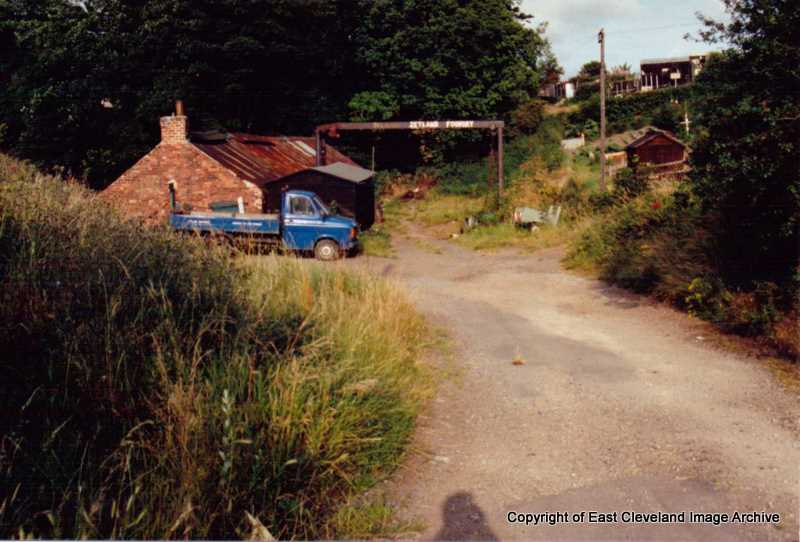
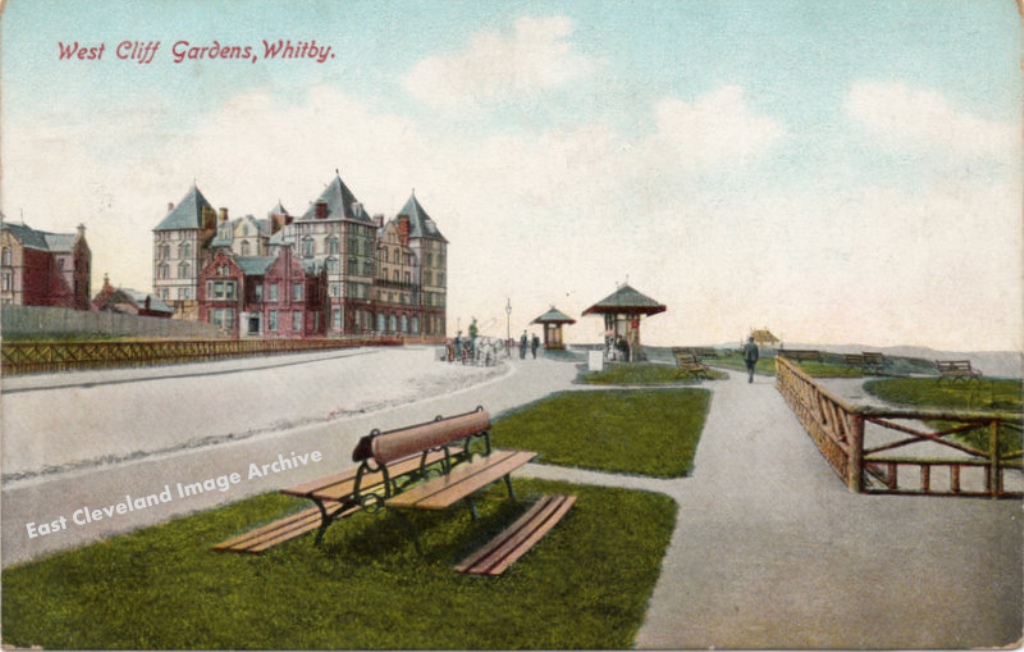
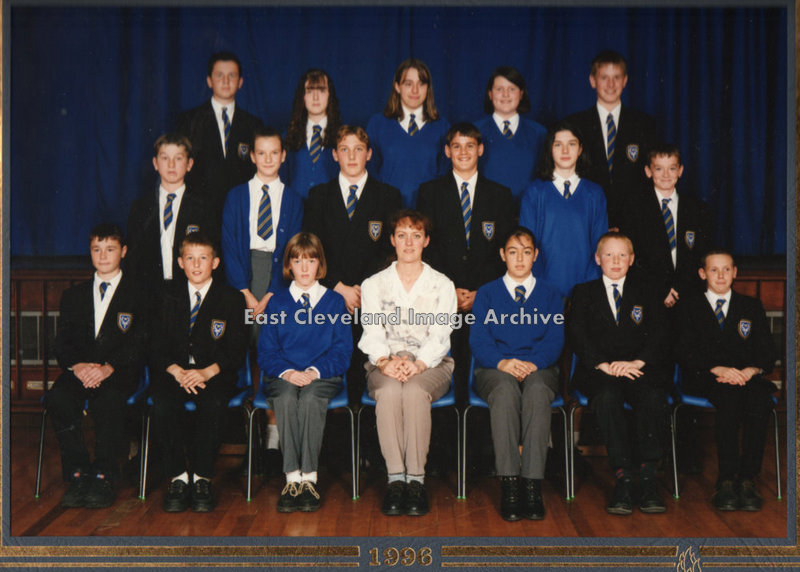
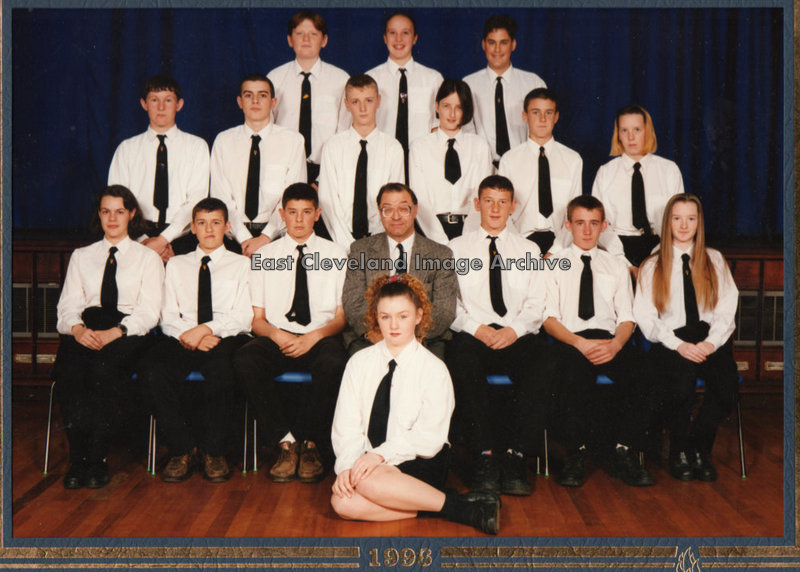
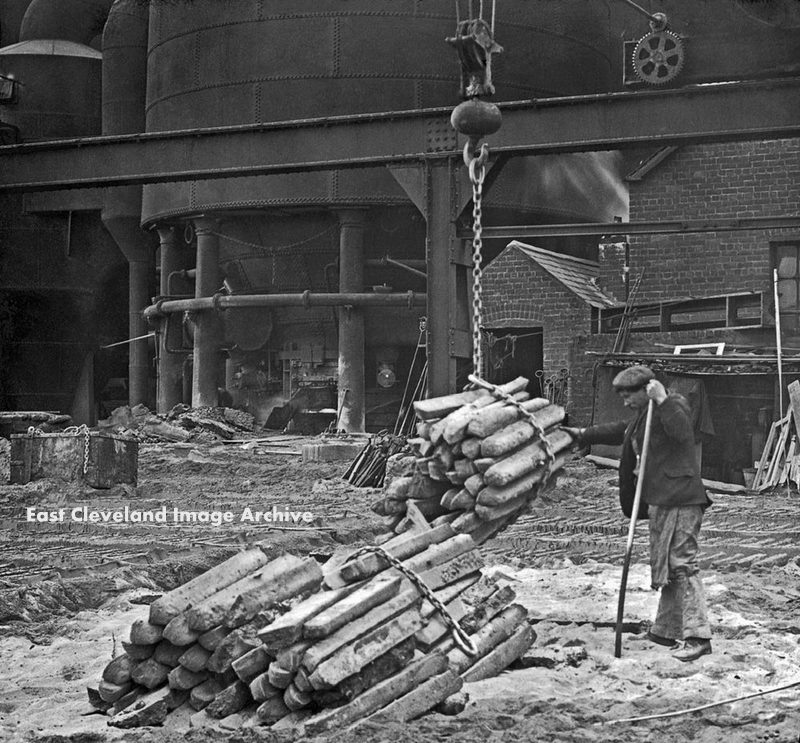
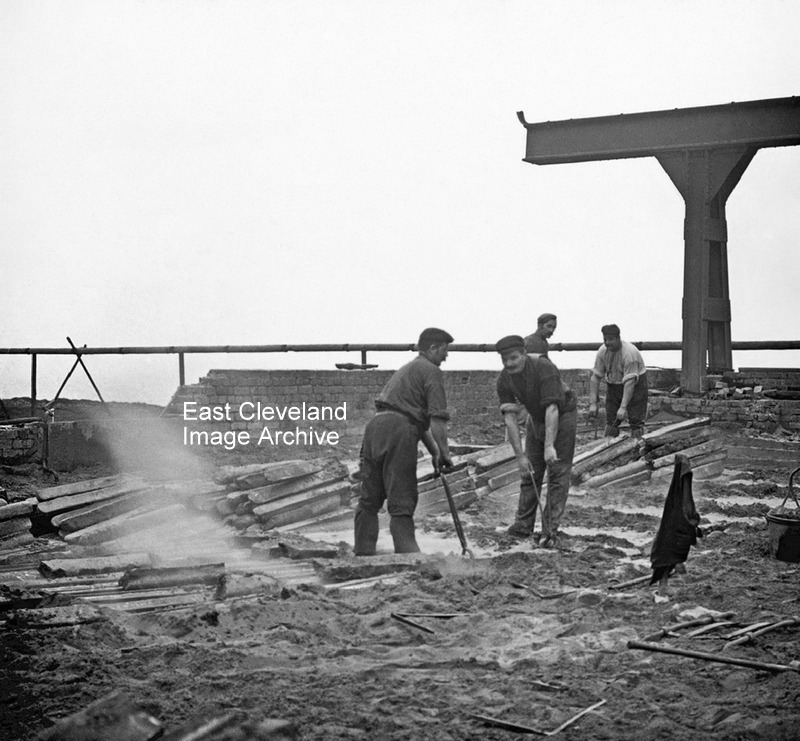
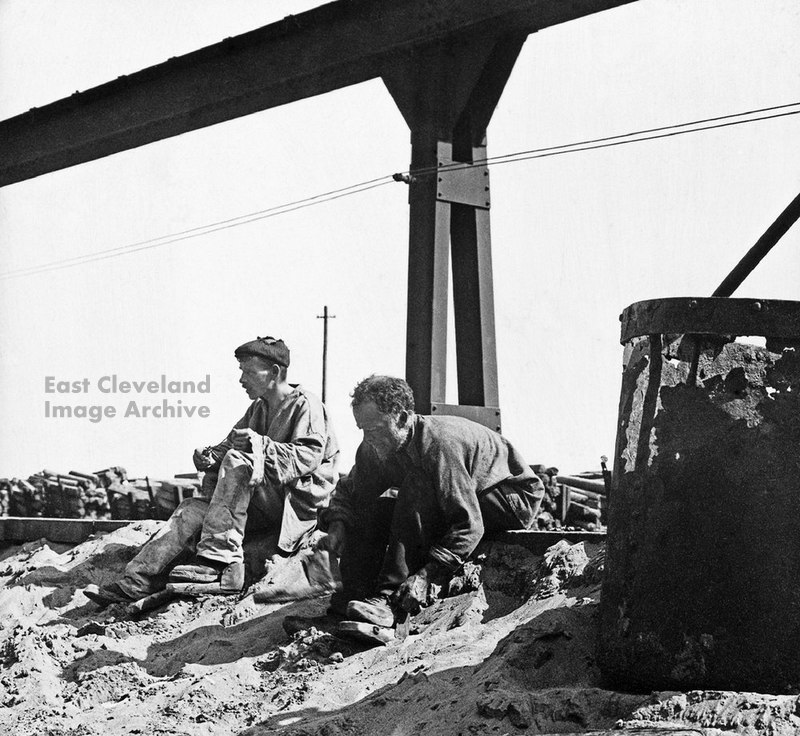
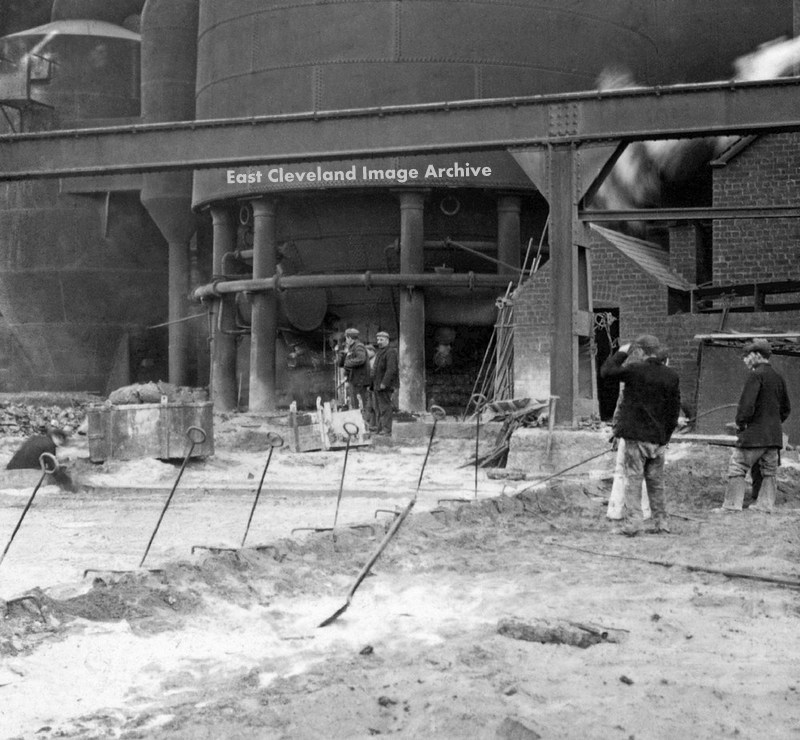
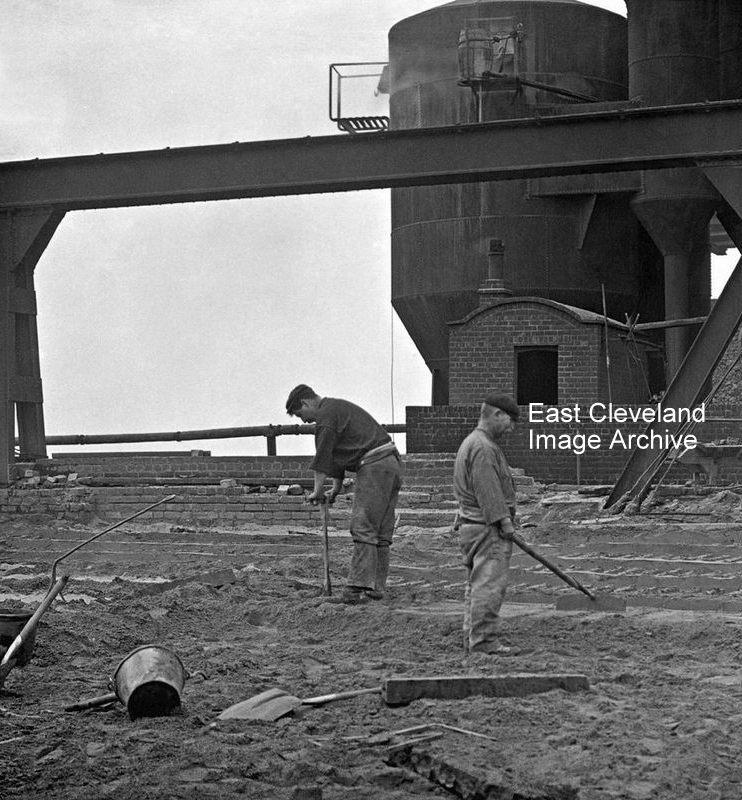
Recent Comments